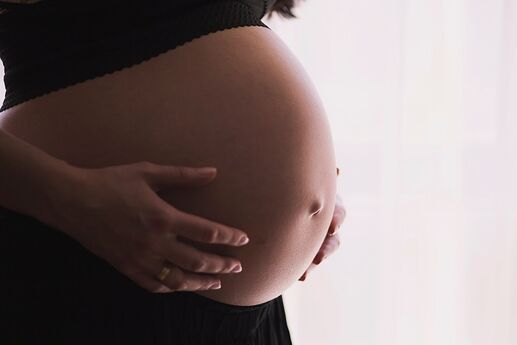A Guide to Your Pregnant Body
When you’re having a baby, your body will go through a multitude of changes. Some you’ll expect (the weight gain, for example) while others might come as a surprise (hello, hemorrhoids!). Here’s the rundown on the trimester-by-trimester changes most expectant moms experience. Keep in mind that while these symptoms are perfectly normal, if any cause you severe discomfort or stop you from going about your daily routines, talk to your doctor.
In Your First Trimester
In the initial trimester, your body isn’t quite used to the idea of being pregnant yet, and your increasing hormone levels are wreaking some havoc. Here’s what to expect:
-
Your breasts will most likely become swollen, and your nipples may start to stick out.
-
Morning sickness can cause some soon-to-be new moms to have upset stomachs or to throw up.
-
An increase in hormone levels can bring on acne (talk to your doctor before using any acne medication).
-
Mood swings may occur (again, blame the hormones!). Don’t be surprised if one second you’re laughing with friends and the next you’re sobbing.
-
It’s likely you’ll experience constipation or difficulty with bowel movements.
-
You may need to urinate more frequently.
In Your Second Trimester
By now your body has probably settled into a more steady pregnancy routine. Here’s what expectant moms should be on the lookout for during this time.
-
General body aches in the back, groin, or thighs may start to kick in.
-
Your skin may start to change, including a darkening around your nipples and the appearance of stretch marks, especially on your stomach, breasts, thighs, and buttocks.
-
Your ankles, fingers, and face may start to swell.
-
Other normal symptoms are itching of the abdomen, palms, and feet as well swelling of your ankles, fingers, and face. However, if any of these symptoms are accompanied with nausea, a loss of appetite, vomiting, or extreme fatigue, contact your doctor immediately, as it could be a sign of something more serious.
In Your Third Trimester
Good news: You’re almost at the finish line! Here are a few additional symptoms expectant moms may notice in those final weeks:
-
Shortness of breath, heartburn, and swelling may occur, as well as the development of hemorrhoids.
-
Your breasts may become very tender, and may begin to leak colostrum, a watery pre-milk your body produces as it gets ready to provide nourishment for your new baby.
-
Your new baby will probably “drop” during these weeks, moving lower in your abdomen to prepare for birth.
While some of the symptoms are annoying and even worrisome, keep in mind that most disappear within a few months of giving birth. And by that time, you’ll be so in love with your new baby, you won't even notice a little acne!







